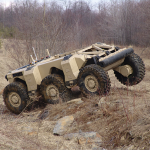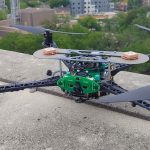Are Elliptical Galileo Satellites Usable for RTK?
Galileo satellites 5 and 6 (E18, E14) were declared unusable in February 2021 after reports indicating repeatable daily problems with RTK. This article explores the possible impact of deviant elliptical orbits on the performance of RTK and finds that there is no reason to expect any anomalies caused by high orbit eccentricity per se. Thus there is no reason to declare the satellites unhealthy.











